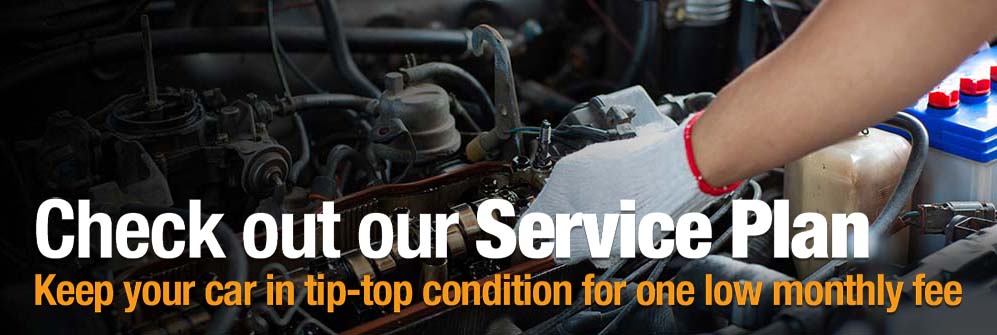Fuel efficient driving techniques
Monday 7th June 2021
Keep running out of gas and looking for the best driving techniques to save fuel? Or perhaps you’re wanting to reduce your carbon footprint and looking for ways you can help the environment as a driver?
Our handy guide looks to cover the top fuel-efficient driving techniques to not only reduce your fuel consumption, but keep you safer on the roads, too.
Driving techniques to save fuel
- Avoid high speeds – on average, the most fuel-efficient speed to travel in a car is between 55 – 65 mph, according to The Energy Saving Trust – so, by travelling at these speeds when its legal and safe to do so, as opposed to above 70mph, you’ll be more likely to save fuel.
- Keep your distance – anticipate the distance between you and the vehicle in front of you to ensure that you keep a safe distance, and don’t need to dramatically break if the vehicle in front of you comes to a sudden stop.
- Maintain steady speed – if your speed fluctuates during your drive, you typically use more fuel – so consider using cruise control if you can, as this keeps your speed steady. This is especially handy if you’re driving on roads with minimal corners for a long time, such as motorway driving.
- Gentle acceleration – in short, the more you accelerate, the more fuel you use. Instead, take your time – gently accelerate up to your desired speed rather than putting your foot to the floor. Not only is this more fuel efficient, but it’s safer, too.
- Changing gears – switching gears can also have an impact on your fuel consumption – so try and use eco-friendly driving techniques such as changing two gears at a time to save fuel. For example, if your speed has increased or decreased enough, swapping from gear 2 to gear 4, and vice-versa, is a handy fuel-efficient driving technique to employ.
Tips for green driving
Of course, as well as practising your green driving techniques, there’s also other things you can do to reduce your carbon footprint and save fuel. Our handy guide on how drivers can help the environment covers this – but a few key points include:
- Heavy loads – reducing the load of your vehicle can significantly affect your fuel efficiency. If you’re driving with a boot full of luggage, or a car full of people, you’ll use more fuel – so be conscious of removing any unneeded weight from your vehicle before you drive.
- Air conditioning – it’s typically known that using your air conditioning can impact your fuel consumption – so try to use the ‘recirculate’ option where possible, as this will minimise the impact. Learn more about car air conditioning tips to take note of.
- Drive less! – and, of course, driving less in general is a great way of reducing your carbon footprint. Try and carpool with colleagues or friends when possible, and using public transport such as trains, buses or even bikes is extremely beneficial for the environment.
Now you’re clued up on the best fuel-efficient driving techniques, make sure that your vehicle is properly maintained and ready for the road. Book your vehicle in for a service now from your nearest Formula One Autocentre, or get in touch with our team for more green driving advice.















